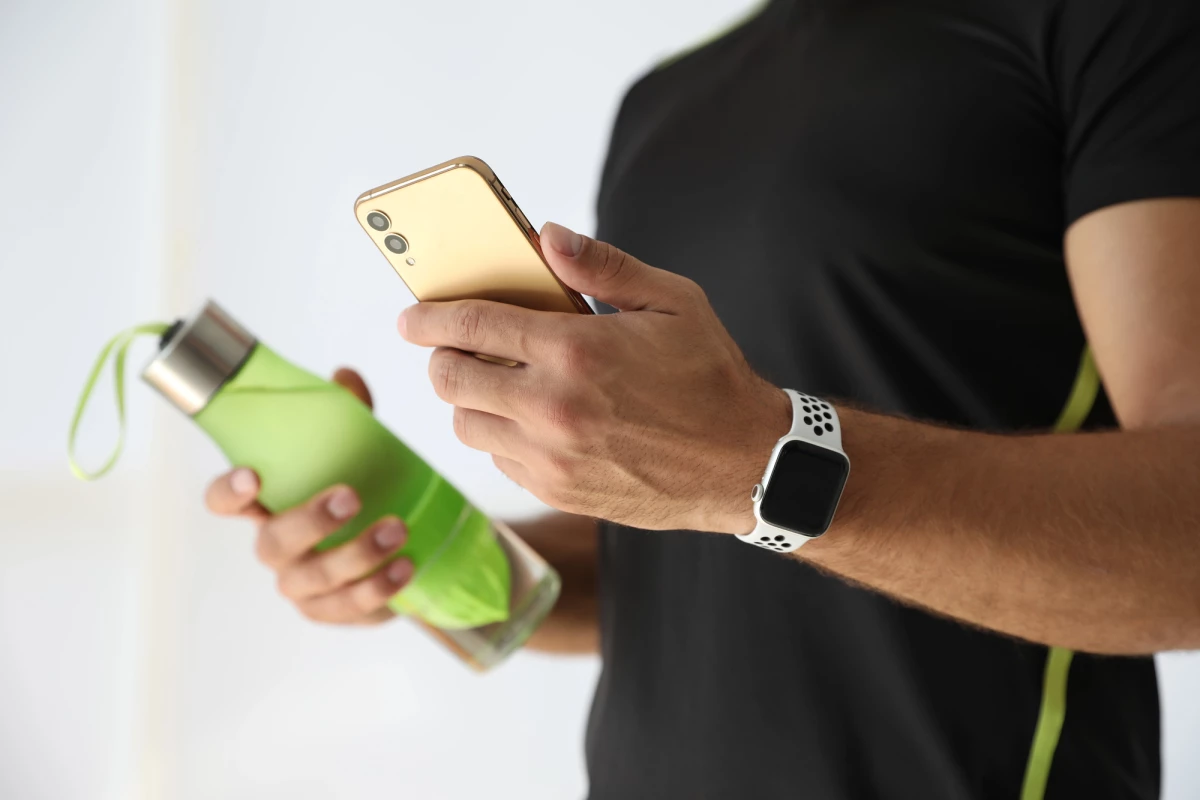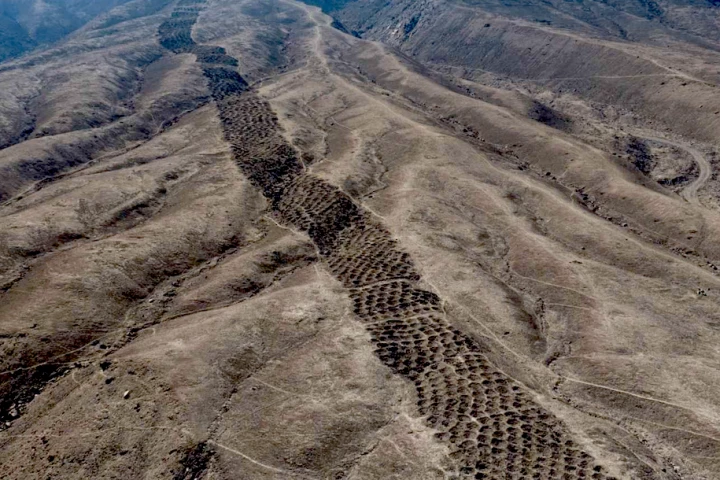As any wellness expert will tell you, if you want to avoid becoming dangerously dehydrated, you have to drink before you start feeling thirsty. So, how do you know when to do so? According to a new study, a simple tap of your smartphone screen may soon provide the answer.
First of all, there are already wearable sweat-analyzing devices – including temporary tattoos – that let people know when their body's water levels are getting low.
Users do have to purchase such gadgets, learn how to utilize them, and put them on their body, however, which are all steps that many folks simply won't bother taking. This is particularly true of people who aren't often in situations where there's a substantial risk of dehydration, or who just aren't all that tech-savvy.
With this problem in mind, Prof. Tareq Al-Naffouri and colleagues at Saudi Arabia's King Abdullah University of Science and Technology (KAUST) looked to the type of capacitive sensors that are already incorporated into smartphone touchscreens.
It turns out that such sensors don't just detect the electrical charge in the skin of a user's fingertip, they're also capable of measuring changes in the skin's capacitance, which is its ability to store an electrical charge. And it was already known that the lower a person's hydration levels, the lower their skin capacitance.
Al-Naffouri's team thus developed a machine-learning algorithm that converts measured changes in skin capacitance to one of five corresponding levels of hydration. The scientists then tested the technology on a total of 45 volunteers. All of the individuals simply pressed their fingertip pads to a smartphone-like capacitive sensing board, along with providing basic information such as their weight and gender.
Thirty-five of the people were Muslims in the month-long process of fasting for Ramadan, who were tested at regular intervals five times a day. The other 10 were athletes, who were tested before and after sessions of intense physical activity.
When compared to traditional hydration-monitoring methods, the new system proved to be 87% accurate with the fasting individuals and 92% accurate with the athletes. Those figures should improve as the technology is developed further, and ultimately incorporated into an app.
"We envision real-time, everyday, user-friendly hydration monitoring, where users simply place their finger on their smartphone screen to assess their hydration status," says team member Soumia Siyoucef.
The research is described in a paper that was recently published in IEEE Sensors Journal.
Source: KAUST




